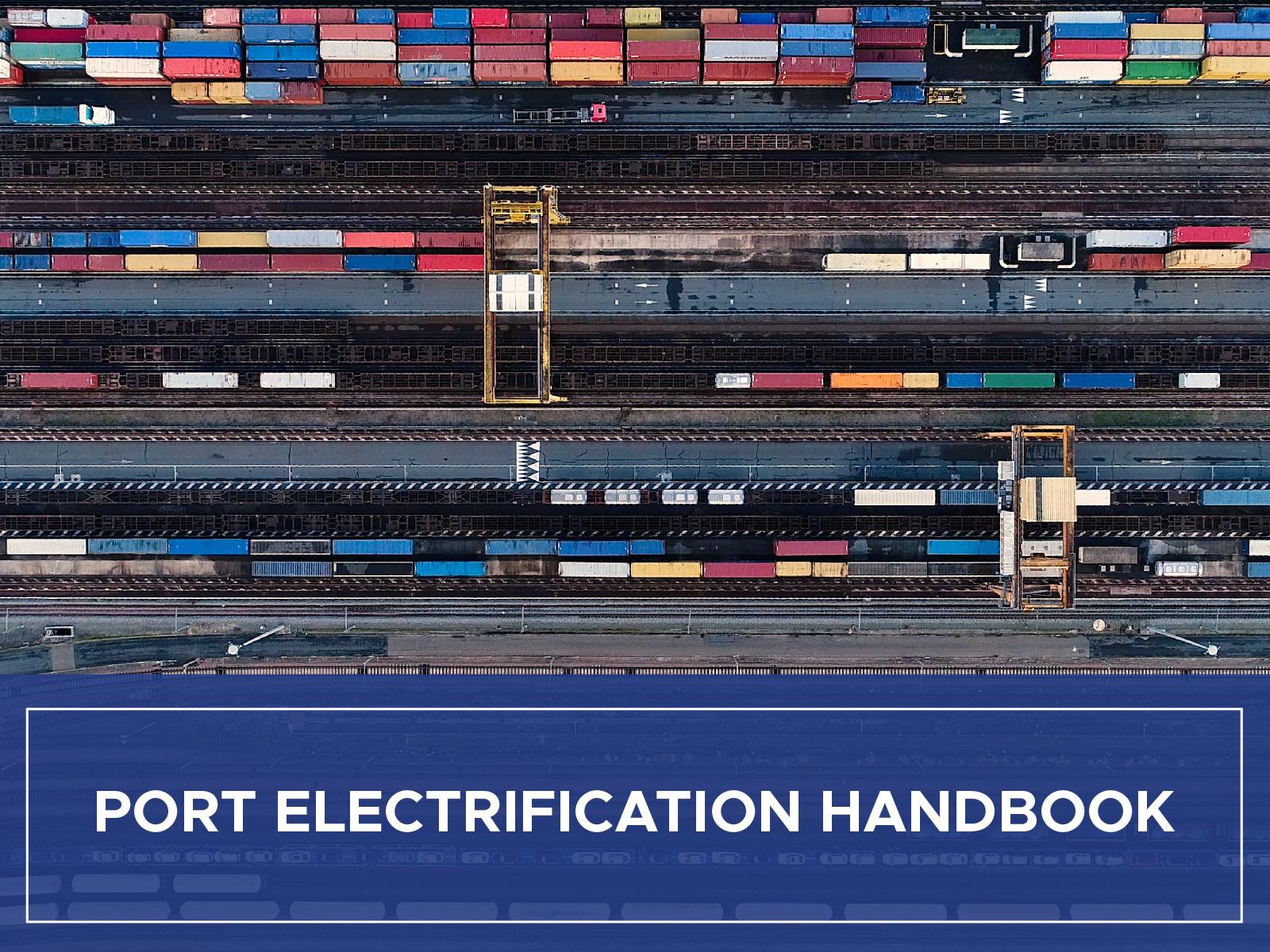Port Electrification Handbook
Port Electrification Handbook
The Department of Energy’s Office of Electricity created the Port Electrification Handbook to aid maritime ports in their clean energy transition

Decarbonizing port activities (e.g., vessels, port infrastructure, shore-side transportation) is necessary to achieve the International Maritime Organization's (IMO) goal of carbon neutrality in global shipping by 2050.